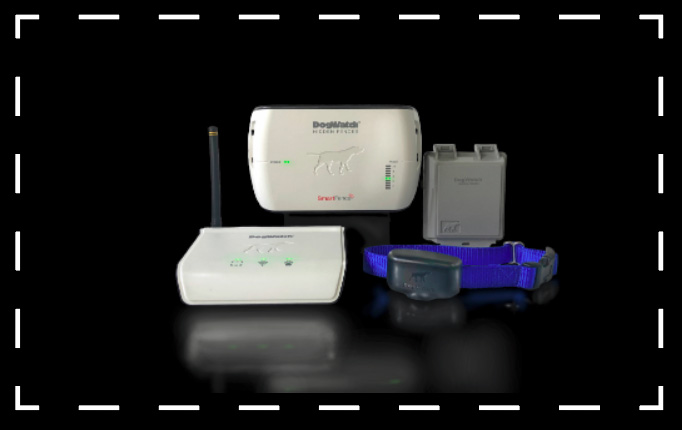Understanding the Purpose of Training
Training is a method of changing your dog’s behaviour. If used properly, your BigLeash Remote Trainer will help you train your dog more effectively.
Your remote trainer can be used to train your dog in two ways:
- To respond appropriately to action commands such as “Come”, “Sit”, and “Stay.”
- To eliminate inappropriate behaviours such as jumping, digging and excessive barking.
Understanding Your Dog’s Response To Stimulation
- Stimulation (the correction from the dog’s collar) has been a safe and effective part of dog training for over forty years. All dogs respond differently when they feel a mild stimulation. Some dogs may demonstrate little, if any, reaction, while others may yelp or jump back. Some dogs “freeze”.
- It is important to remember that your dog will not automatically understand what to do when he receives a correction from the remote trainer. For training to be effective, you must understand how to use the remote trainer appropriately.
- Set the Training Level just to the point of mild discomfort (like a quick tug on a leash) to get the dogs attention without creating anxiety. Anxiety will make it more difficult for him to learn.
Do not try to comfort the dog if he receives a correction. It will reinforce his anxiety. We recommend using the lowest effective correction level.
Dog Personalities and Traits
- Keep in mind that dog personalities and traits differ among and within breeds.
- It is important to understand your dog’s unique personality.
- A gregarious dog or a dog who is easily distracted may take longer to train. Understanding your dog will make the training easier for both of you!
Creating The Right Environment
Attitude and Consistency are Important!
- Keep the training “light”. Use lots of praise. Keep the dog’s spirits high.
- Use high happy tones for praise. Use low tones for negative commands. Use calm, soothing tones to keep eager, energetic dogs focused; and enthusiastic praise to keep quiet dogs engaged in the activity.
- In the early stages, limit the training session to 15-20 minutes. Include periods of free play and praise to keep your dog enthusiastic and happy.
Keeping Your Dog From Becoming “Collar-Wise”
- Do not let your dog become “collar-wise”. Before you begin training, walk your dog on his traditional dog training leash while wearing The BigLeash dog training collars. Do this for a few days before you begin training so your dog will not learn to associate the bark control collar with training corrections.
- When you begin training, have your dog wear the bark collar for a sufficient period before and after the training session so that he does not associate the collar with the training corrections.
- Have your dog continue to wear the collar whenever you work with him for at least a month even after he seems to be trained. It is good to have the collar on the dog in case he needs an occasional reminder.
Consistency and Timing
Consistency is critical for successful training.
- Timing of the correction is also critical. The correction must occur at the time of the behaviour. If the behavior is not occurring when the correction occurs, the dog will not associate the correction with the behavior.If you want your dog to stop digging in the yard, the correction must occur while the dog is digging . . . not later when you find the hole.
For more specific training suggestions, please refer to your Owner’s Guide.


